
UPDATED. Many states have laws on breast density notification after mammography screening – but not all notification is the same.

UPDATED. Many states have laws on breast density notification after mammography screening – but not all notification is the same.

Improved detection of breast cancer with automated breast ultrasound, according to study.

Why it’s important for radiologists to focus on appropriateness of ER cardiac imaging.

Diagnostic Imaging talks with the USPSTF about its newly released final recommendations for breast cancer screening.
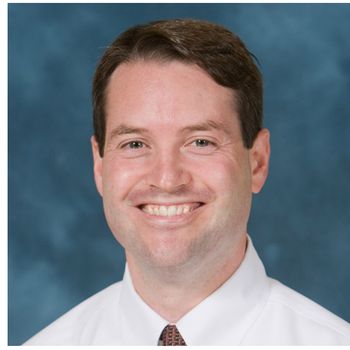
Choosing Wisely forces neurology to confront its issue with overutilization in imaging.

A recent study in AJR noted that spending on imaging has actually decreased in most of the U.S.

A look at what radiologist and patient factors play a role in false-positive mammography.
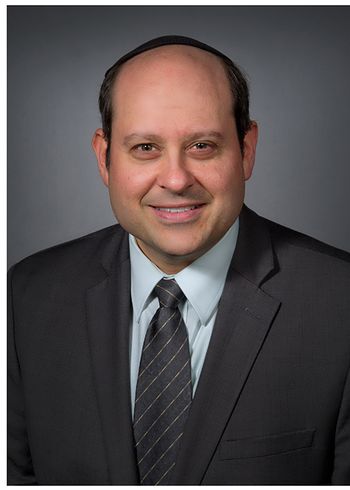
WASHINGTON, DC-Where mobile apps fit into the future of radiology was discussed at ACR 2015.

Coauthor of study discusses the costs of overdiagnosis and overtreatment of breast cancer.
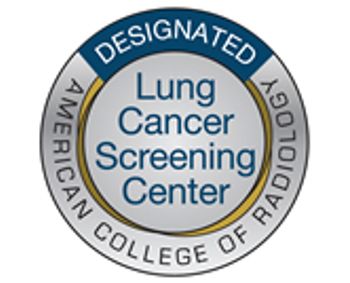
Health systems must prepare to increase their low-dose CT lung cancer screening capabilities to accommodate a new, larger pool of Medicare patients.

Choosing Wisely guidelines can miss important findings, neurosurgeons argue.

Where did tomosynthesis come from and where is it going? Here, a tomosynthesis pioneer discusses its evolution.

Interactive map with general radiologic technologist requirements across the country.
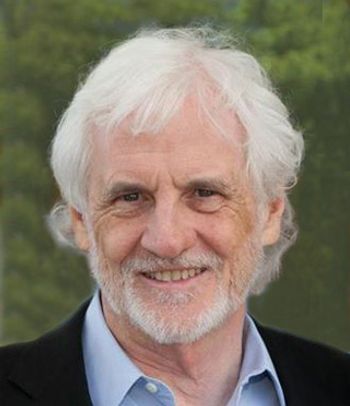
Long-time proponent of ultrasound for breast screening, Kevin M. Kelly, MD, discusses what radiologists need to know.

The ACR and SBI are concerned that the JAMA breast cancer screening article will result in fewer women undergoing potentially life-saving mammography.

Check out some of the technological advances in radiology monitors.

Radiologists who are looking for a new job may have to adjust their approach and develop a strategy in the tightening job market.

The Cincinnati Children’s Hospital in Ohio implemented a standardized radiology report system, which allows radiologists and physicians to communicate more effectively.
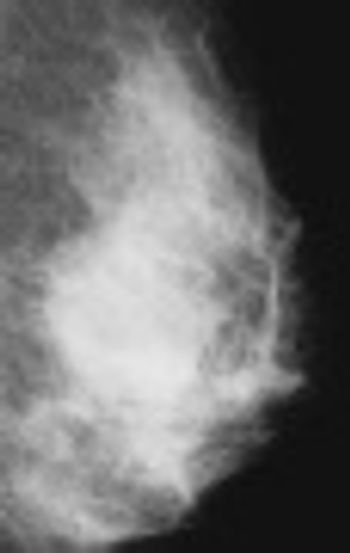
Breast density notification mandates exist in 18 states but there are still questions about their utility and implementation. Mary Lou Smith, JD, MBA, discusses the controversial topic.
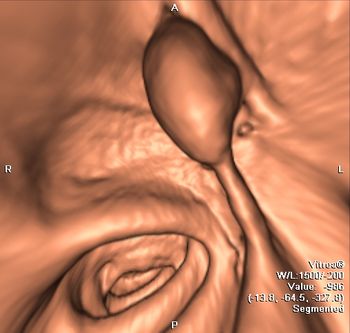
CT colonography can detect precursors to cancer, saving lives and money, yet it is not yet fully endorsed or reimbursed. Judy Yee, MD, explains.
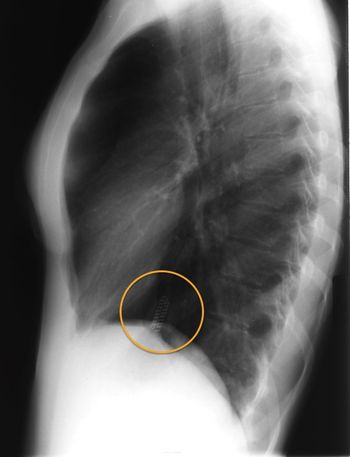
Swallowed toothbrushes and other foreign bodies may alert radiologists to the possibility that the patient may have an eating disorder.

Many more pulmonary emboli are being detected since the introduction of CT angiography, but the death rate has not decreased.

Multiparametric MR imaging is a useful tool in helping to determine which prostate cancer patients would benefit from active surveillance.

MRI may replace conditional CT for appendicitis detection in adults because of its similar accuracy rate.

Diagnostic radiology exams are less expensive when performed by radiologists in private offices. Study author David Levin, MD, explains the cost differences among locations.
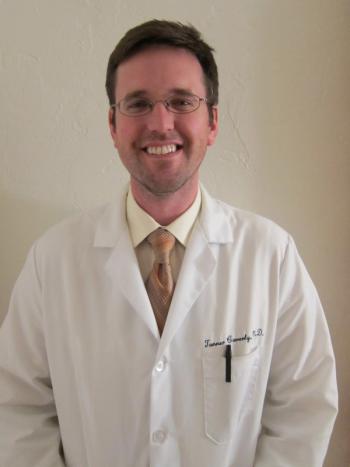
Doctors don’t always discuss the risks of CT scans with patients. One researcher explains why and the implications for radiologists.

Mammography plus tomosynthesis for breast cancer screening results in a significantly higher cancer detection rate than with mammography alone.

Lesions in patients with locally advanced breast cancer can be better detected with 18F-FDG PET/CT to allow for changes in treatment management.
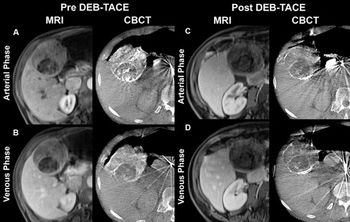
Pairs of specialized CT scans allow researchers to see liver tumors death right after chemo to quickly determine the efficacy of chemoembolization.

Missing a diagnosis, most frequently one of breast cancer, is the most common reason U.S. radiologists face a malpractice lawsuit, a study found.

Published: July 19th 2013 | Updated:
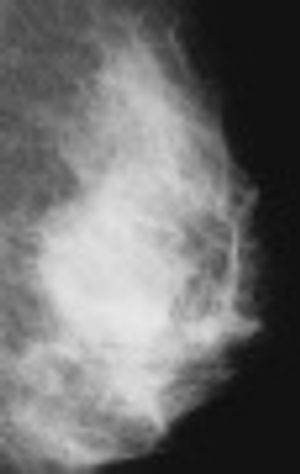
Published: December 27th 2013 | Updated:

Published: February 11th 2014 | Updated:

Published: July 28th 2014 | Updated:

Published: September 17th 2014 | Updated:

Published: September 30th 2014 | Updated: